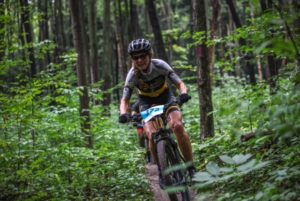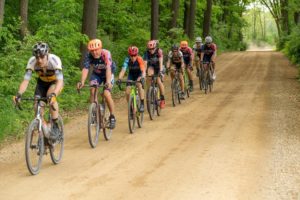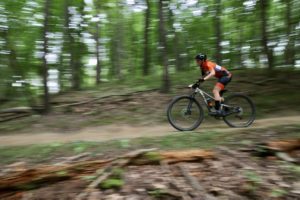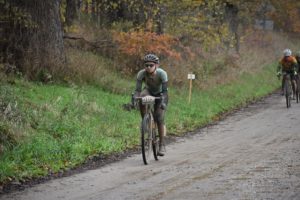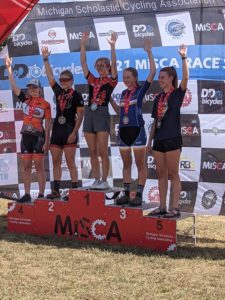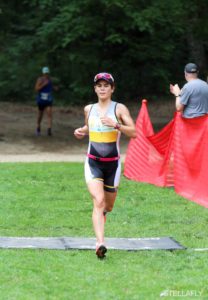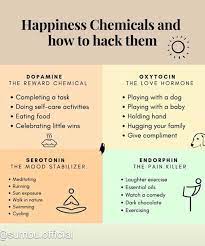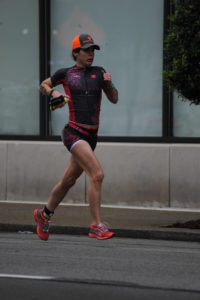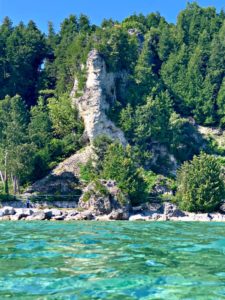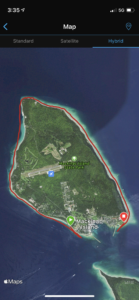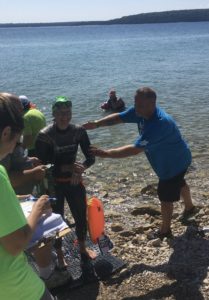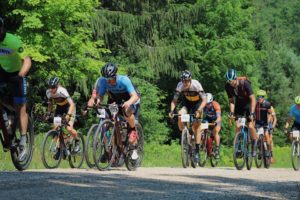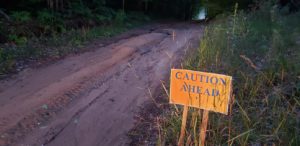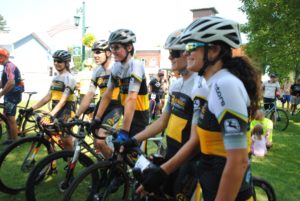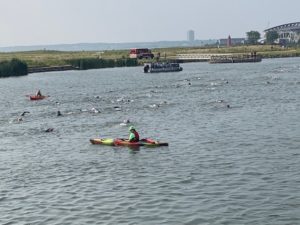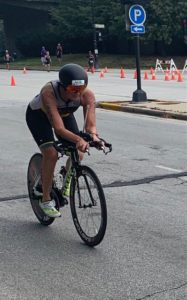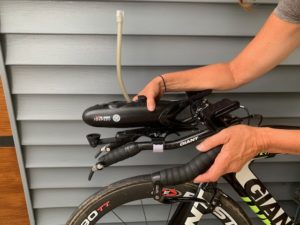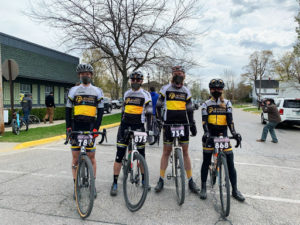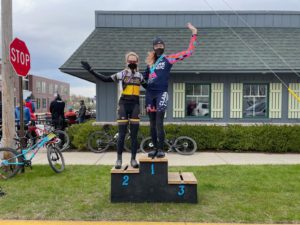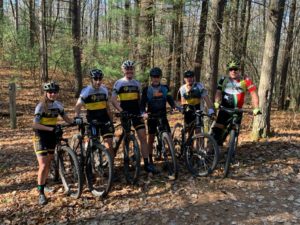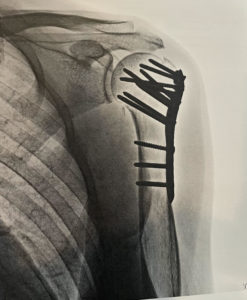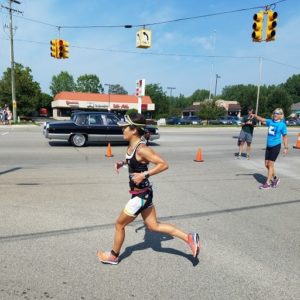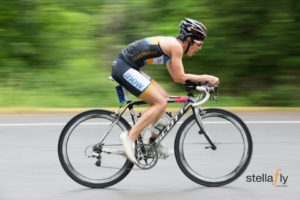By: Nya Caldwell
Hello, my name is Nya Caldwell and I am 14 years old. Currently, I’m a 9th grader at Milford High School. I have always been a multi-sport athlete and have been riding bikes for as long as I can remember. This past fall I was on my high school’s scholastic mountain bike team, which is a combined team made up of cyclists from surrounding high schools.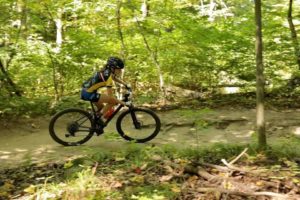
In the winter I transitioned to boarder cross, (or snowboard cross). Boarder cross is a snowboard competition, where 4-6 competitors race down a course simultaneously. This was an exciting new sport for me, which allowed me to expand my snowboarding skills along with providing a different racing experience.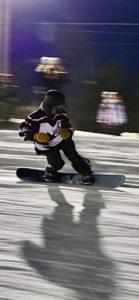
Everyone in my family either races, or rides for enjoyment. When I was 9 I joined Huron Valley Mountain Bike Club. We met every Thursday night for rides and to work on skills. This experience introduced me to MiSCA and mountain bike racing. That fall I had my first race, and it was at Island Lake Recreation Area. I didn’t know what to expect, but it ended up being really fun. That was the start of my love for racing. In 7th grade I was the MiSCA Middle School State Champion, and in 2021 I achieved the MiSCA JV State Championship title.
For the upcoming school year, I will be competing on HVUR’s Varsity team, and my goal is to have a strong season with a few podium finishes. I am excited to be competing alongside a great group of friends and cyclists.
This is my first year with Team Athletic Mentors. I first became aware of the team a few years ago, through my cousin Kellen. His success has inspired me to reach a higher level in cycling. My goal for my high school cycling career is to keep progressing to the next level in the sport. I love riding trails, so I would love to become better at skills. I want to challenge myself mentally and physically, which will help me in many aspects of life outside of cycling. Coming into this cycling season, I am hopeful that the demands of my other sports activities will allow me to transition smoothly back into cycling. I wasn’t able to put many hours into off-season training on my bike, but have confidence that my other athletic endeavors will help me get up to speed.
Last month I participated in my first gravel race, Barry-Roubaix. This was also my first race as a part of Team Athletic Mentors. It was a freezing cold day, with temperatures dipping into the 30’s, strong winds, and snowy weather conditions. Before the race we gathered as a team for a warm-up ride. Right away, I knew that I didn’t have the proper gloves to keep my hands warm. My hands were getting stiff, and painfully stinging. This was after only being on the bikes for 4-miles! This wasn’t going to work for an 18-mile race in winter-like weather. Luckily, a very helpful gentleman in the team tent lent me his gloves, which worked much better for me. Lesson number one, come prepared for everything and try out your gear before race-day!
It was so cool to line up at the start as a team. There were a lot of juniors in black and yellow kits and we were all experiencing the race-line jitters together. Everyone was so supportive of one another, offering advice and positive words of encouragement. It was such a great experience and all of my teammates were so supportive. The race was a huge success for the team, winning the junior team division. I managed to pull off a first in the 18 and under female category, which was an unexpected result. I was happy with how the race went and look forward to coming back next year.
The thing that I enjoy most about racing is the rush that I get after the ride. Often butterflies and anxiety can be distractions leading up to a race. I like to listen to my favorite playlist beforehand to help calm my nerves and get me hyped up. Once I take off from the start line I try to focus on a good cadence and any riders ahead of me. When the race is over, I always have a feeling of relief knowing that no matter the outcome I tried my best.
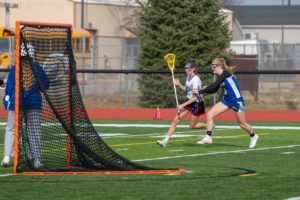 This Spring, I am on my school’s JV lacrosse team and on the Athletic Mentors Junior Development Team. Balancing multiple sports throughout the year, and the academic demands of high school can be challenging. However, participating in many different athletic disciplines is a lot of fun and I enjoy them all. The key to success is finding the right balance.
This Spring, I am on my school’s JV lacrosse team and on the Athletic Mentors Junior Development Team. Balancing multiple sports throughout the year, and the academic demands of high school can be challenging. However, participating in many different athletic disciplines is a lot of fun and I enjoy them all. The key to success is finding the right balance.






